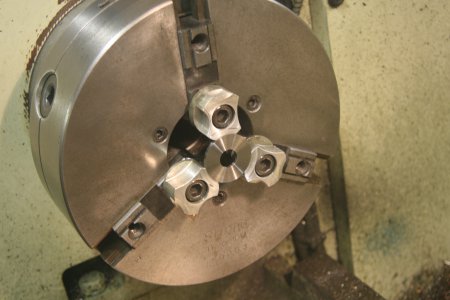- Joined
- Sep 22, 2010
- Messages
- 7,223
Reminder About Treatment of Others on Hobby-Machinist...
When I started this forum, it was with the intention of maintaining an educational setting free of derogatory comments, flaming, personal attacks, snobbery and elitism. We all have a bad day once in a while. We all lose our tempers and say or type something we shouldn't have. That's normal human nature! However, should that happen to be "just your style" there are several other home machining forums that will suit you much better. I think of everyone here as friends. In fact, I hope that many of you will become real friends as a result of your interaction here, and many have. Beginner or expert, all posts and replies will be civil and without condemnation. It will be a forum where no member will be afraid to post or ask a question for fear of being called down. All machine owners are welcome. We sell no advertising, magazines, or other projects we want you to buy. All we do on here is discuss machining and related subjects in a setting of respectful co-existence.


